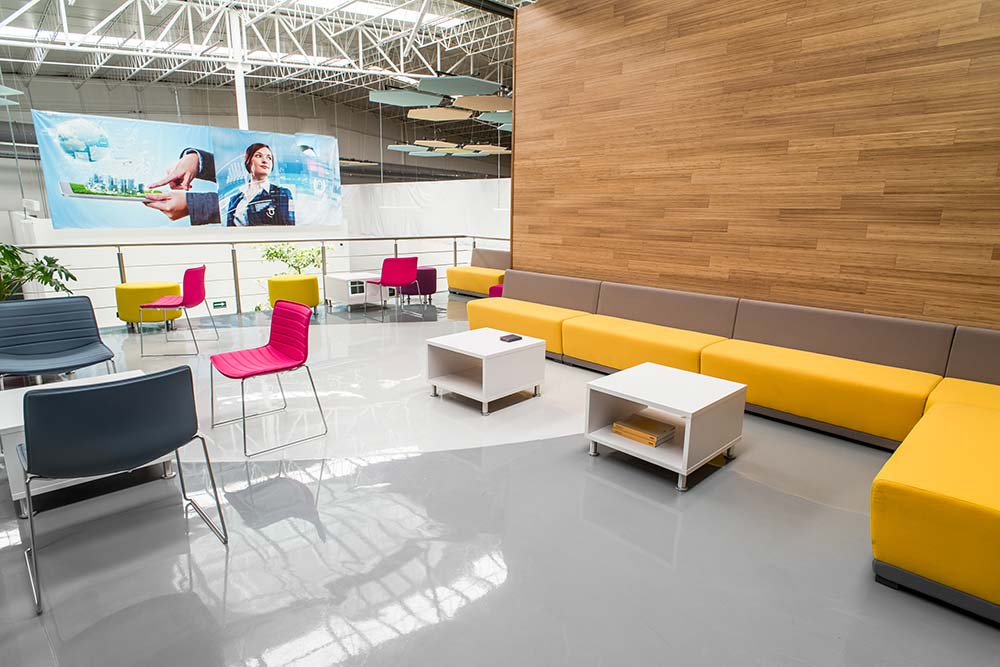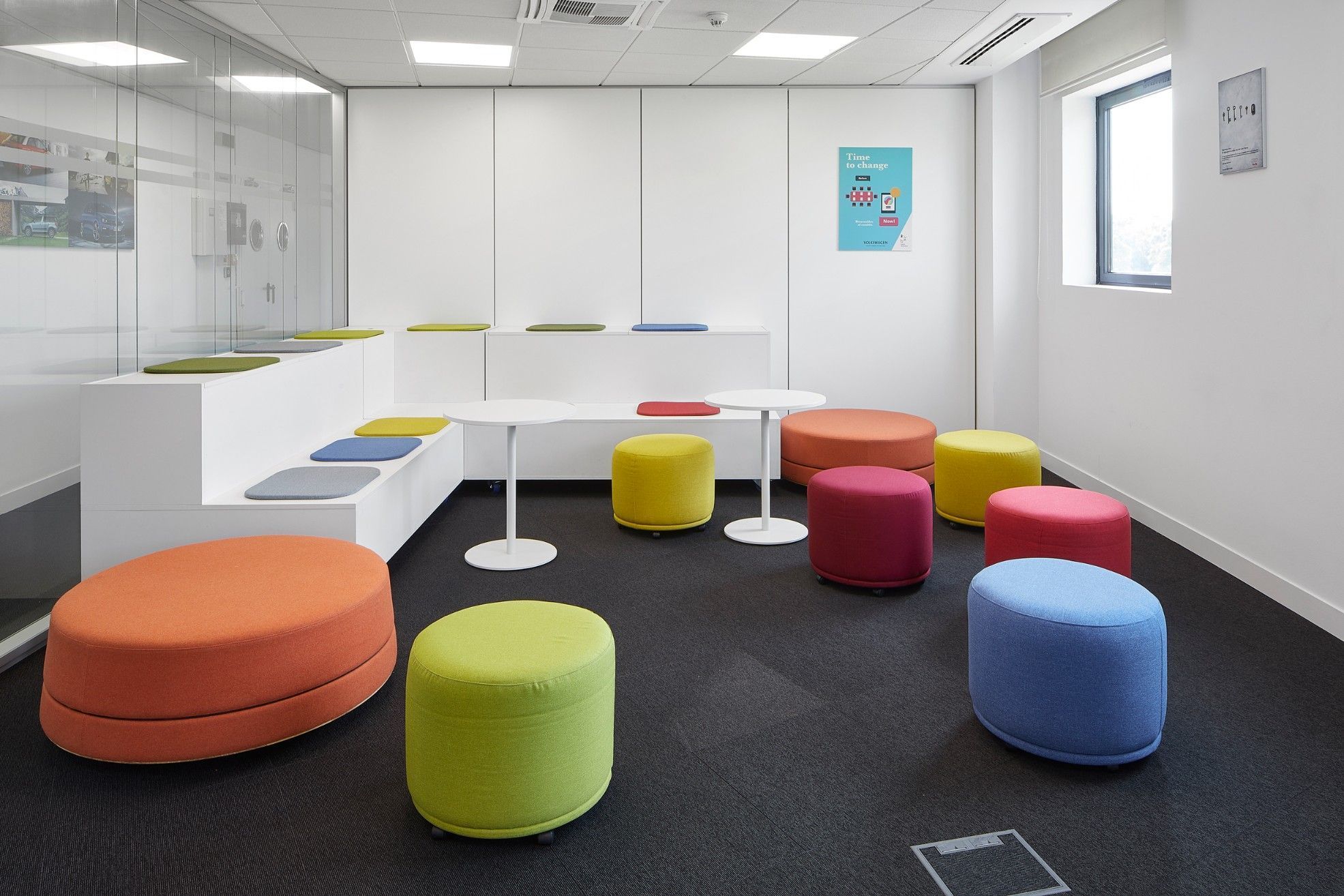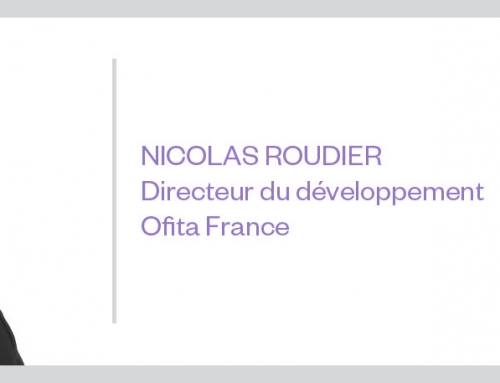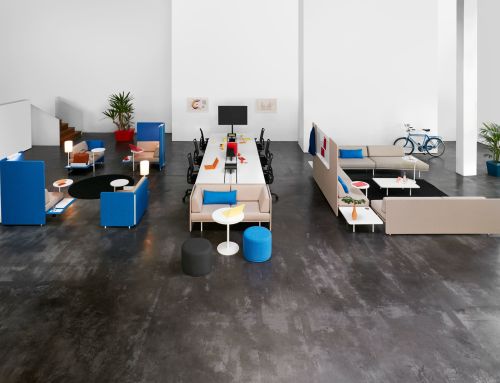Design of offices, five trends that will burst into the scene by 2020
These last years we have experienced radical changes inside companies and in the design of offices. We have seen how digital revolution has readjusted working methodologies making ever more common the use of new technologies in the office. Speaking with clients who are in another continent by videoconferences, teleworking from home to reconcile family life and using chats and social media to communicate with colleagues and coordinate duties, are some of the so many examples; examples which today seem normal but that a few decades ago seemed impossible.
Today changes move forward quicker than ever and it is still difficult to foresee what the next decades will bring as trends change each year. In this context, it is more logical to discuss what the future will hold by 2020. Cosmopolitan spaces with global workforce, including more and more technological innovations conceived for the wellbeing of each employee are some of the so many changes that will storm into our environment in the short term, and we will list the below.
-
Emphasis in collaborative projects
Work methods are evolving from most individual tasks based on the classic routine to work team organized in collective projects. This way, it is expected that this trend will consolidate and burst strongly into the scene in the next years, meaning that groups formed by different types of people, skills and abilities with divergent and creative ideas, may solve heterogeneous problems of different levels of complexity. This is certainly having already an impact on the design and furnishing of companies as it is necessary for them to be able to provide their employees with the appropriate tools to work in groups.
-
Ever cosmopolitan environments
In the next few years, workforce will become more diverse and global according to the report ‘White book: New ways of working – the workplace of the future’. Hand in hand with the shortage of talent, it will be ever more common for institutions to start betting on employees from different parts of the world. “Global companies are finding their talents globally and workforce is turning more culturally and ethnically diverse, with teams including employees from Europe, Asia, Middle East, America and Africa”, they explain. Moreover, the role of women in the workforce will continue developing strongly as it has been doing lately, gaining importance. Just to have an idea, it is expected that over one thousand million women will join the market in the next ten years.
-
Shared spaces, key in the design of offices
As we have continuously mentioned in Ofita, the trend in the design of offices and the world of furniture is characterized nowadays by giving priority to open and collaborative spaces promoting interaction between employees and minimizing the amount of tables assigned to one single person. This responds to the same factor already mentioned above: boosting team work as well as encouraging camaraderie and common targets. All of it results in lower stress rates, better satisfaction levels and higher productivity as observed in figures: a study carried out by the Advisory Memoori revealing that 71.4% of the people surveyed consider that the design based on open offices helps to improve their productivity.
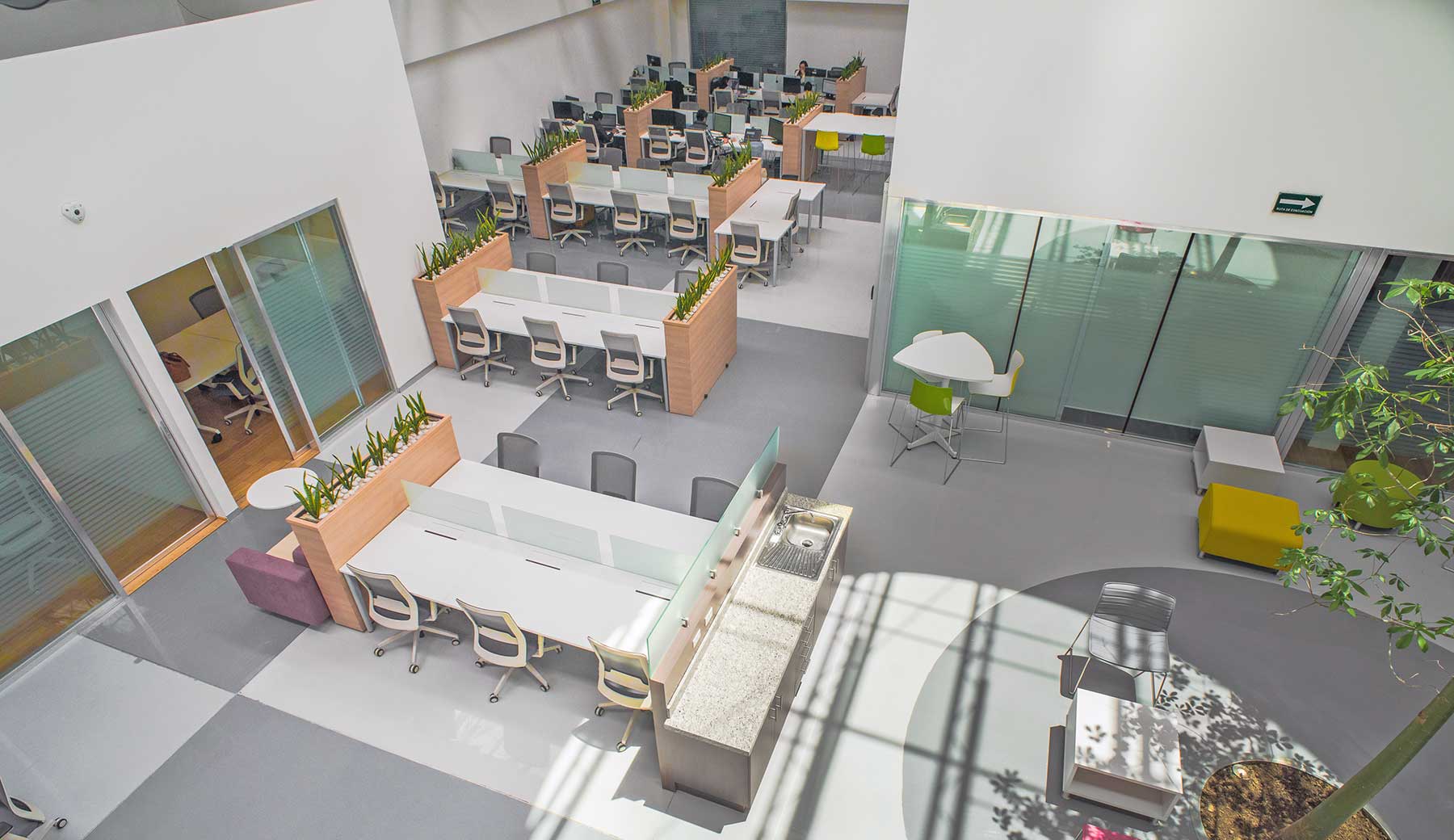
Within this context, when talking about the design of offices, with shared spaces on the rise in the future, it would be ideal to provide the necessary tools for such purpose, such as ergonomic furniture, adjusted to each person. The different models of Ofita’s chairs, tables and meeting and shared spaces are provided with state of the art innovation applied to the sector which not only improves the design of their products but also favours indeed greater ergonomics.
-
“Smart” Buildings determine office design
Although new technologies have burst strongly into offices, making ever more common open, innovative and collaborative environments, there is yet a long way to go to make them truly smart, i.e. intelligent. Televisions replacing projectors, video conference platforms connected only by introducing some digits, tables to be seated or standing, such as Ofita’s Multilevel and conference rooms synchronized with voice commands are just a few elements that will storm into in the next few years as mentioned in an article published by the portal on corporate technology ZDNet.
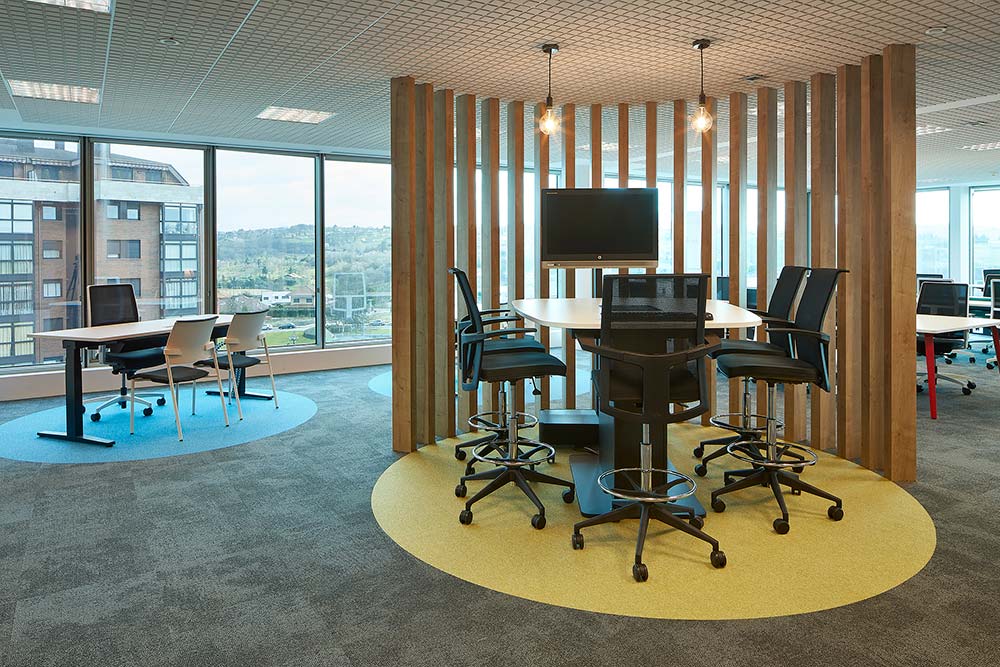
These come along with other novelties such as monitoring sensors that will easily monitor body temperatures of employees to adjust climate controls of the room.
-
Multi-generational offices
Today it is ever more frequent to have four different generations working and coexisting in the same space. Baby boomers, X Generation, Z Generation or Millennials and Centennials meet today in the same office which makes necessary the management of inter-generational diversity in the design. This way, collaborative spaces with a customized design and including informal communication areas will be more necessary and common in the next years until 2020.
With respect to the design of offices, organizations will have to focus their efforts on promoting informal areas, where people can hold meetings, make private calls or simply have time for leisure and entertainment. It is not only a matter of placing a sweet machine but rather of creating a real pool of spaces, conceived to respond to the demands of the whole organization. There the furniture will have a key role as well as decoration elements representing the corporate identity in the design.
In order to view the issue in perspective, the report ‘White book: New ways of working – the workplace of the future’ guarantees that the global workforce will be formed by approximately 3,850 million people in 2025, X Generation representing over one quarter of the workforce and Millennial Generation nearly the half.
